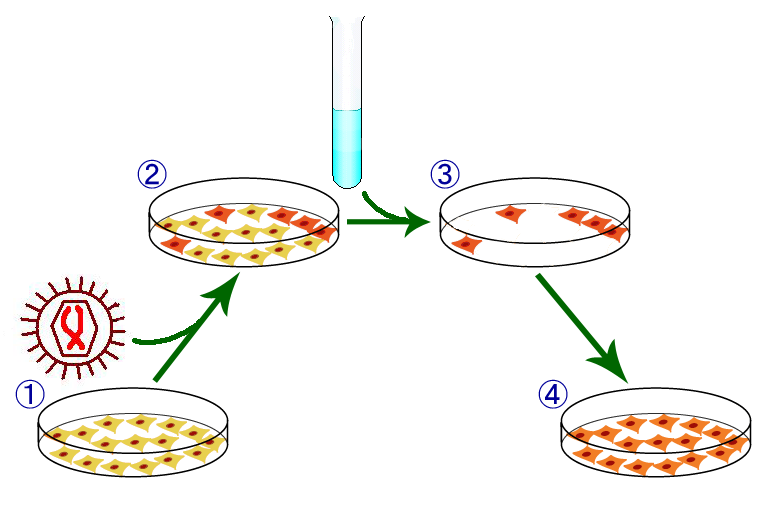 So what is microRNA and why are they a new face in the therapeutics for the Biotech and Pharma? A microRNA (miRNA or µRNA) is a single-stranded RNA molecule of 21-23 nucleotides in length, which regulates a gene expression after the process of transcription. This entirely new class of molecules is beginning to generate a lot of interest due to its potential applications in cure of many diseases as well its basic importance in a cell's genetic machinery. Together with siRNA, these two classes of RNA molecules comprise the current system of RNA interference technology.
So what is microRNA and why are they a new face in the therapeutics for the Biotech and Pharma? A microRNA (miRNA or µRNA) is a single-stranded RNA molecule of 21-23 nucleotides in length, which regulates a gene expression after the process of transcription. This entirely new class of molecules is beginning to generate a lot of interest due to its potential applications in cure of many diseases as well its basic importance in a cell's genetic machinery. Together with siRNA, these two classes of RNA molecules comprise the current system of RNA interference technology.Coming to the actual findings by the scientists, the investigation was based on an earlier observation by the scientists that treatment of the prostate cancer cells correlated with an increased expression of the miR-143 gene. Continuing their work, they observed that the expression of miR-143 correlated inversely with the histopathological grades in human prostate cancer.
So how does the miR-143 actually contribute its role in arresting the growth of prostate cancer? The ERK5 gene (Extracellular-signal-regulated kinase 5) - a member of the mitogen-activated protein kinase (MAPK) family of genes, is known to have an important role in the proliferation and differentiation processes of the cells (EMBO reports 7, 8, 782–786 (2006)). This gene was shown to harbor a putative consensus site at the 3'UTR end. A detailed set of mechanistic studies showed that miR-143 exerts its tumor abrogating activity by directly interfering with the activity of ERk5 gene. Finally, the scientists showed successfully that, rescue of the miR-143 expression decreased the progression of tumors using a mouse model. Taken together, these mechanistic studies showed that ERK5 is one of the possible target genes for the miR-143 to act upon.
The significance of these findings is important from different perspectives. First, a mechanistic link between the miR-143 and ERk5 is demonstrated thus paving way more studies to understand the complexities of miRNA based controls in cancer progression. The role of miRNA themselves are only beginning to be understood, Results like these are likely to spur further investigations into the tole of miRNA in other cancers. Finally, the study shows a direct possible application of this findings in the molecular diagnosis and treatment of prostate cancers. Given their varying levels at different stages of prostate cancer, they could well be candidate biomarker for prostate cancer. Also, the rescue effect of the miR-143 shows its possible role in the development of new strategies for therapeutics.
A complete version of this article appears in the recent issue of PLoS ONE 4(10): e7542 .
Editor
Sequerome Science News




